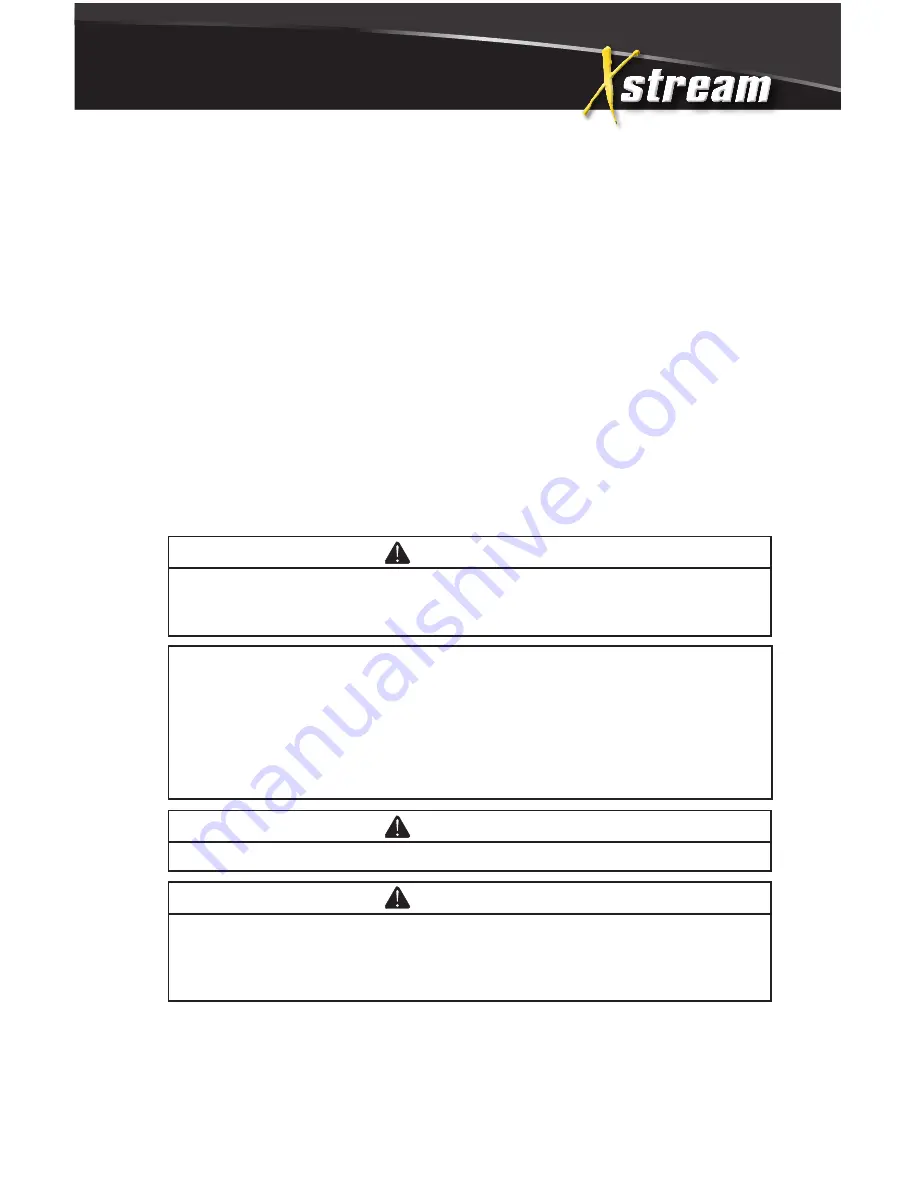
17
CAUTION
ASME coded pressure vessels must not be modified, welded, repaired,
reworded or subjected to operation conditions outside the nameplate ratings.
Such actions will negate code status, affect insurance status and may cause
severe personal injury, death, and property damage.
Noise
Noise is a potential health hazard that must be considered. There are
local and federal laws specifying maximum acceptable noise levels
that must not be exceeded. Most of the noise from a reciprocating
compressor originates from the air inlet point. Excessive noise can be
greatly reduced by installing an intake noise silencer.
Piping Fitup
Care must be taken to avoid assembling the piping in a strain with
the compressor. It should line up without having to spring or twist into
position. Adequate expansion loops or bends should be installed to
prevent undue stresses at the compressor resulting from the changes
between hot and cold conditions. Pipe support should be mounted
independently of the compressor and anchored as necessary to limit
vibration and prevent expansion strains.
SAFETY VALVES Safety valves are pressure relief valves and should be sized
and purchased with a pressure setting to protect the weakest link in the system.
Never change the pressure setting, only the safety valve manufacturer is qualified
to make a change.
Safety valves are to be place ahead of any potential blockage point which
included but is not limited to, shutoff valves, heat exchangers, pulsation
dampeners, and discharge silencers.
DANGER
Safety valves are to protect system integrity in accordance with ASME Codes &
ANSI B19.3 safety standards. Failure to use safety valves of the proper capacity
and pressure will cause severe personal injury or death.
DANGER
Failure to properly size, set & install pressure relief valves can be fatal.
Pressure Vessels
Air receiver tanks and other pressure containing vessels such as, but
not limited to, pulsation bottles, heat exchangers, moisture separators
and traps, shall be in accordance with ASME Boiler and Pressure Vessel
Code Section VIII and ANSI B19.3 Safety Standards.
guidelines
















































